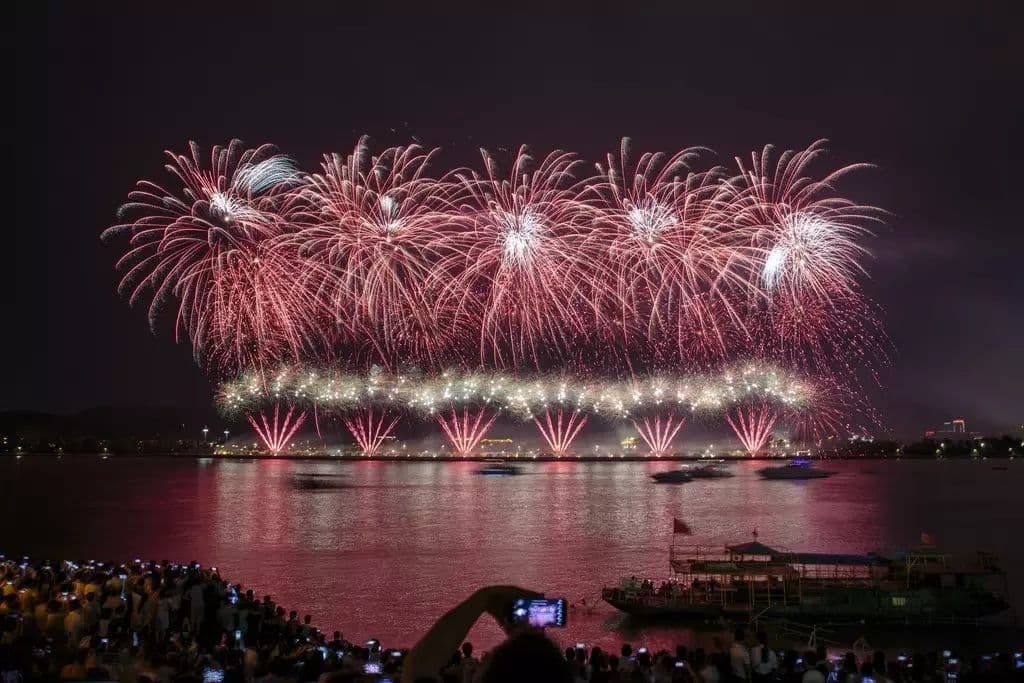China is widely recognized as the birthplace of gunpowder, and with it, the origin of fireworks. The rich and vibrant history of China fireworks spans centuries, earning international acclaim for their artistry and innovation. Here’s how they evolved through the ages:
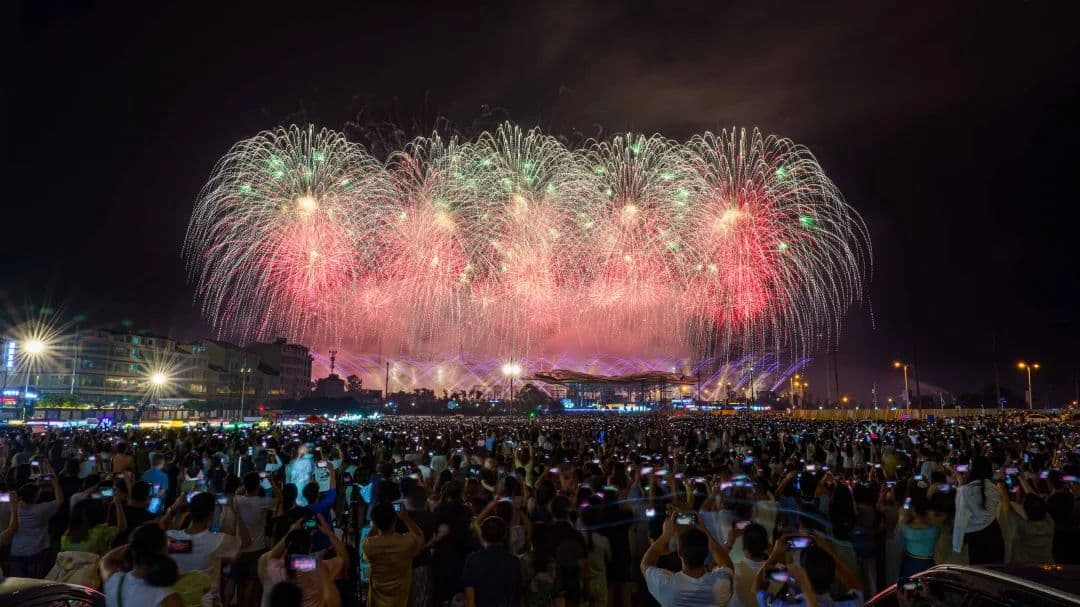
Origins and Early Development of Fireworks
Firecrackers
The earliest mention of firecrackers can be traced back to the Jing Chu Suishi Ji by Zong Lin of the Liang dynasty during the Southern and Northern Dynasties period. The book describes a tradition of setting off firecrackers at dawn to ward off evil spirits. Folklorists believe this custom evolved from even earlier “explosive sacrifices” that existed in the pre-Qin era. In the Rites of Zhou, a classical text from ancient China, a sacrificial ritual known as “bao ji” (explosive offering) is recorded. The word “bao” referred to burning, and early firecrackers involved throwing bamboo into fire, causing it to burst with loud bangs as the air in the hollow internodes expanded.
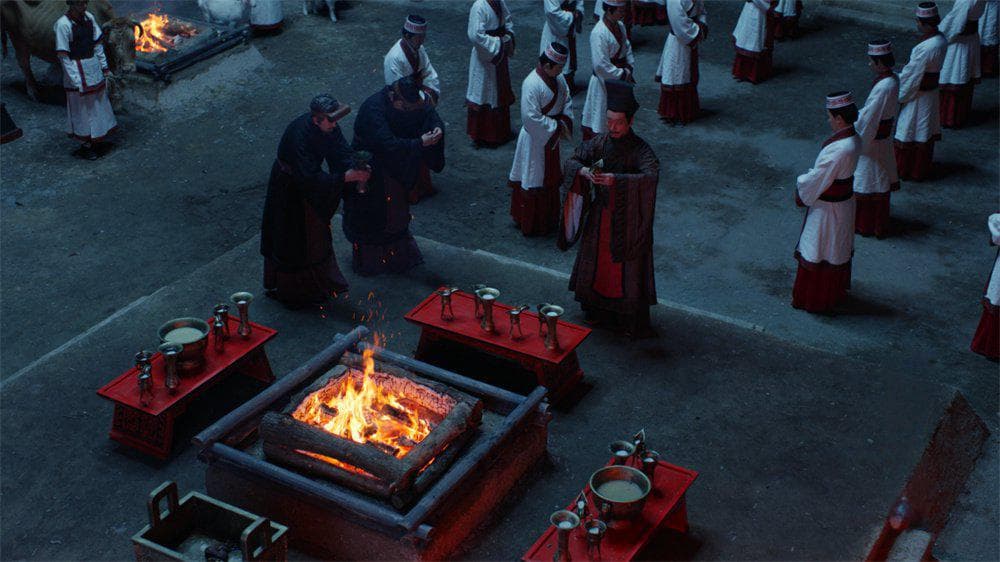
Fireworks
Fireworks themselves began to emerge during the Tang Dynasty. Around the year 800 AD, an alchemist experimenting with sulfur, charcoal, and potassium nitrate (a common preservative) accidentally created a combustible mixture—the first known gunpowder. When packed into bamboo or paper tubes and ignited, the mixture produced light and sound, becoming the first prototype of fireworks.
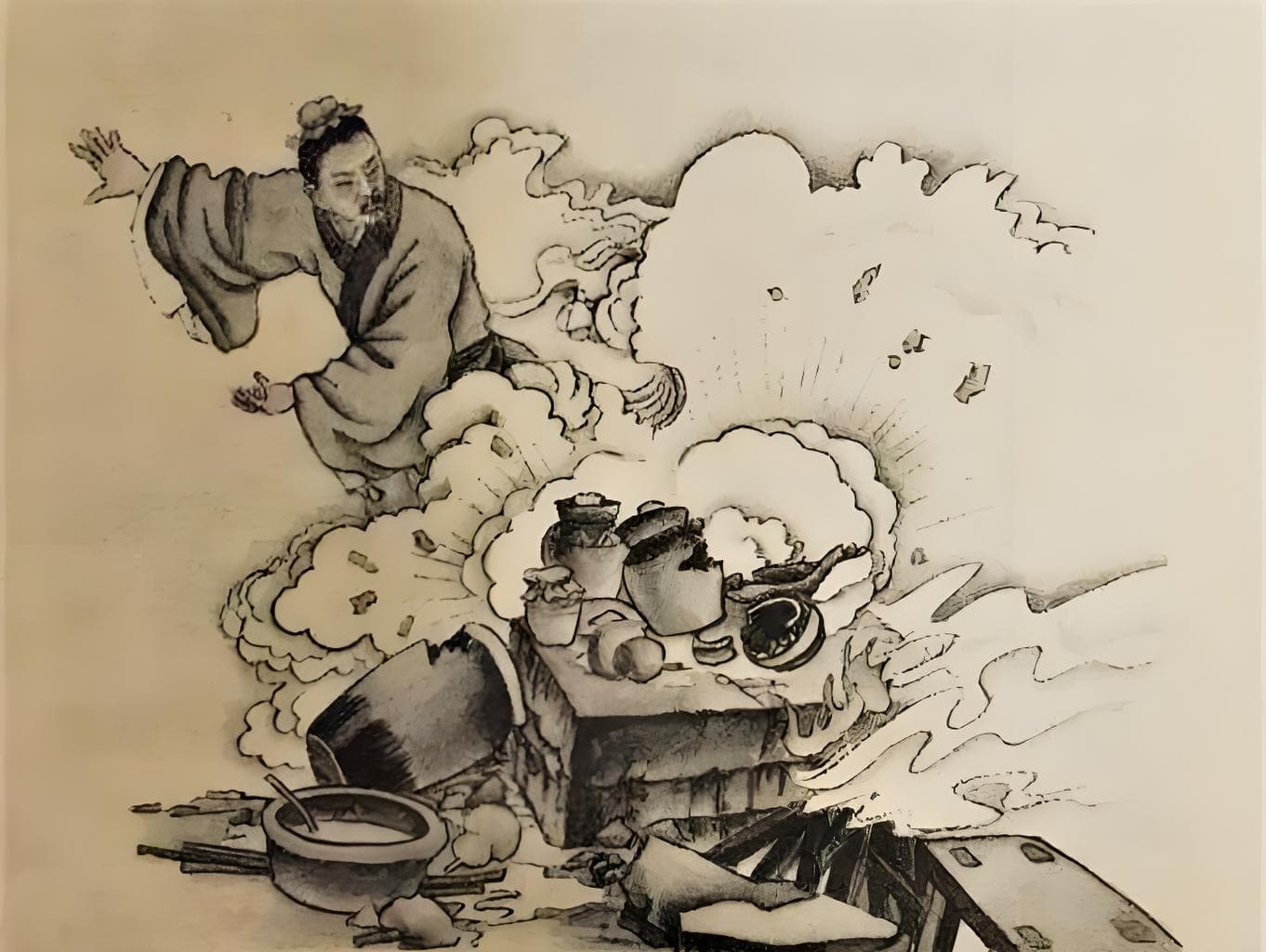
According to historical records, in the fourth year of Emperor Gaozu’s reign (621 AD), a man named Li Tian from Mashi village—located at the junction of Liuyang, Liling, and Shangli—pioneered the use of paper tubes instead of bamboo. After repeated trials, he successfully created firecrackers that combined both light and sound effects. Later, when people noticed that the firecrackers emitted sparkling bursts resembling flowers, they began mixing gunpowder with metal shavings. These mixtures were loaded into bamboo tubes, sealed at the bottom with clay and covered at the top with thin paper. When ignited, the tubes would no longer explode but instead release colorful sparks—marking the birth of what we now call “fireworks.”
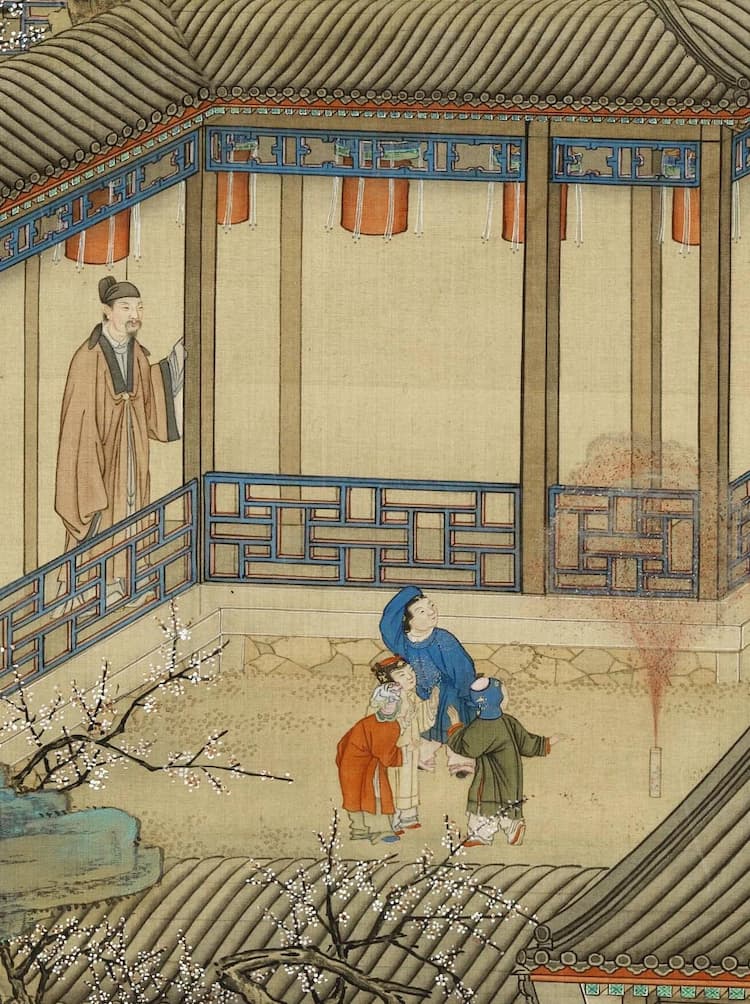
The Flourishing of Fireworks in Ancient China
Song Dynasty
During the Song Dynasty, fireworks became a staple in public celebrations. The art and science of making fireworks developed into a refined craft, and skilled pyrotechnicians were highly respected. Ordinary citizens could purchase simple fireworks in markets, and firecrackers became a popular form of entertainment.
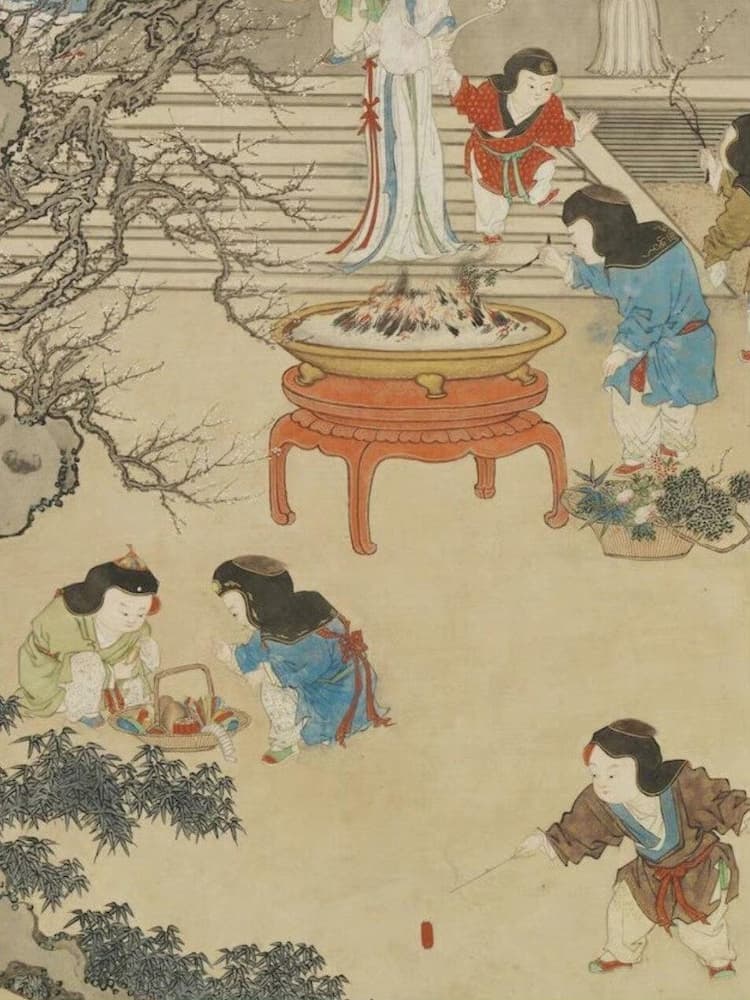
In the Southern Song era, complex fireworks structures were especially prevalent. According to historical texts such as Wanshu Zaji, fireworks during the Ming Dynasty could form images like ribbon birds, grape trellises, pearl curtains, and eternal lamps. The writer Zhou Mi, in Wulin Jiushi, recorded that Emperor Xiaozong of the Southern Song once watched over a hundred firework displays late into the night, accompanied by music and brilliant candlelight.
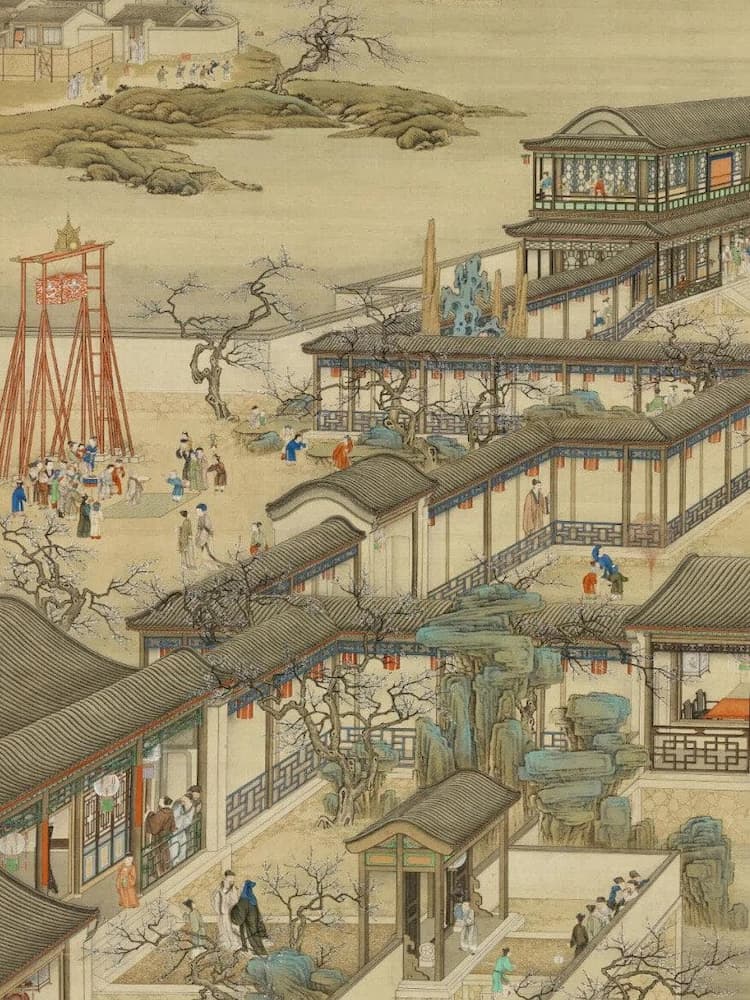
Ming and Qing Dynasties
Fireworks saw even greater development during the Ming and Qing dynasties. According to the Qing Dynasty record Dijing Suishi Jisheng, fireworks in Beijing came in intricate varieties. Firework boxes—often multi-layered—were crafted to produce vivid imagery, including lifelike figures, birds, flowers, and elaborate scenic effects. The practice of releasing these “firework boxes” became known as “fang hezi” (box fireworks). Some boxes were five layers high and could display scenes like grape trellises or eternal lantern towers. By the time of Emperor Qianlong’s reign, even more elaborate versions—known as “flower boxes”—were created.
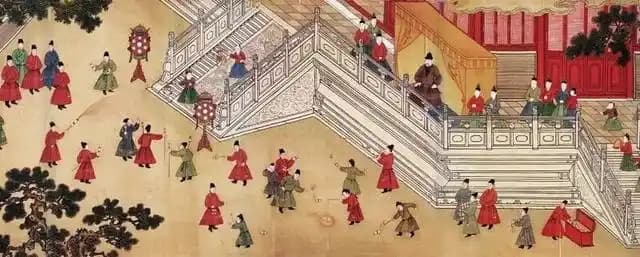
Modernization and Innovation of Chinese Fireworks
Modern Era
As environmental awareness grew, a new wave of eco-friendly fireworks began to emerge. These modern fireworks eliminate the use of heavy metals and sulfur-based compounds, significantly reducing emissions of sulfur dioxide and other harmful byproducts. Eco-friendly fireworks burn cleanly—producing no smoke, no toxic fumes, no residue, and no strong odors. They are safe to handle, do not cause explosions, and are designed to avoid igniting nearby combustibles. The production process is also relatively simple and safe.
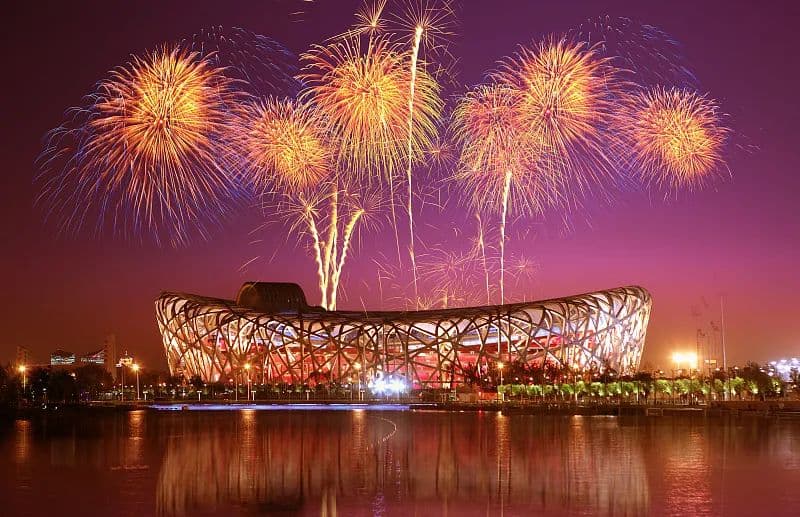
Innovation
Today’s China fireworks have entered a new era of digital precision. Advanced software can be used to design and program entire firework shows. By building 3D models of the performance site, technicians can plan the type, sequence, and location of each firework with extraordinary accuracy. Many modern displays incorporate additional effects such as lasers, water curtains, soundscapes, and even drone choreography—turning firework shows into immersive multimedia spectacles.
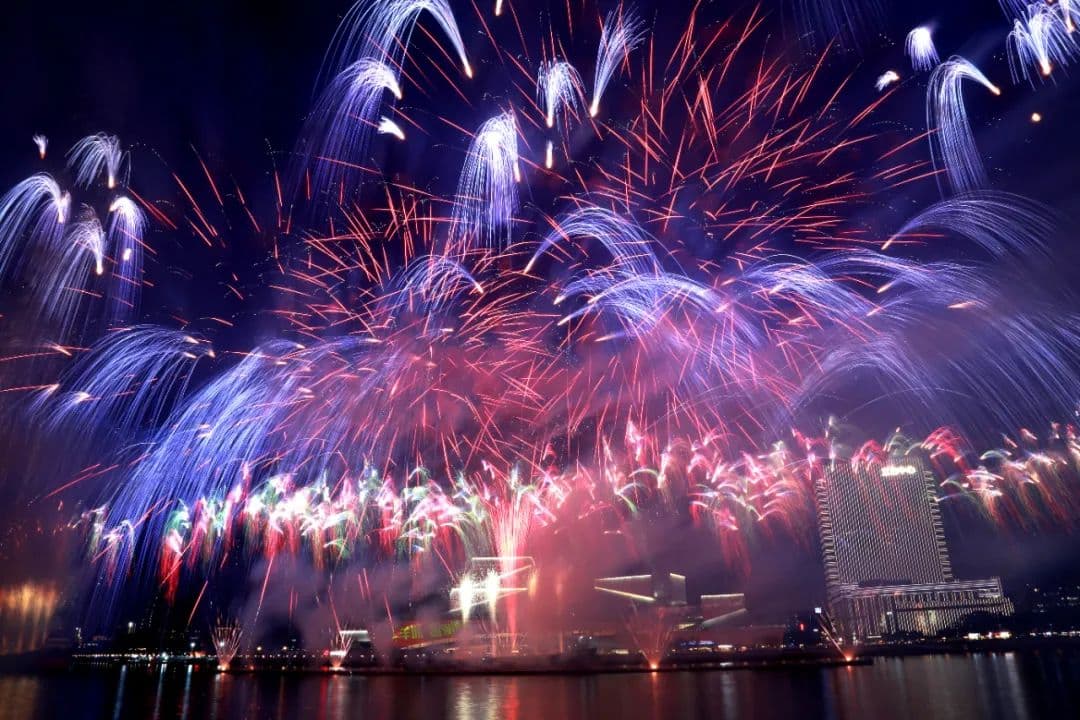
A Lasting Cultural Legacy
From early bamboo explosions used as military smoke signals to the spectacular modern pyrotechnic displays, the fascination with fireworks has endured across cultures and generations. Today, China fireworks continue to play a vital role in New Year celebrations, festivals, and major public events around the world—carrying with them over a thousand years of history and innovation.
